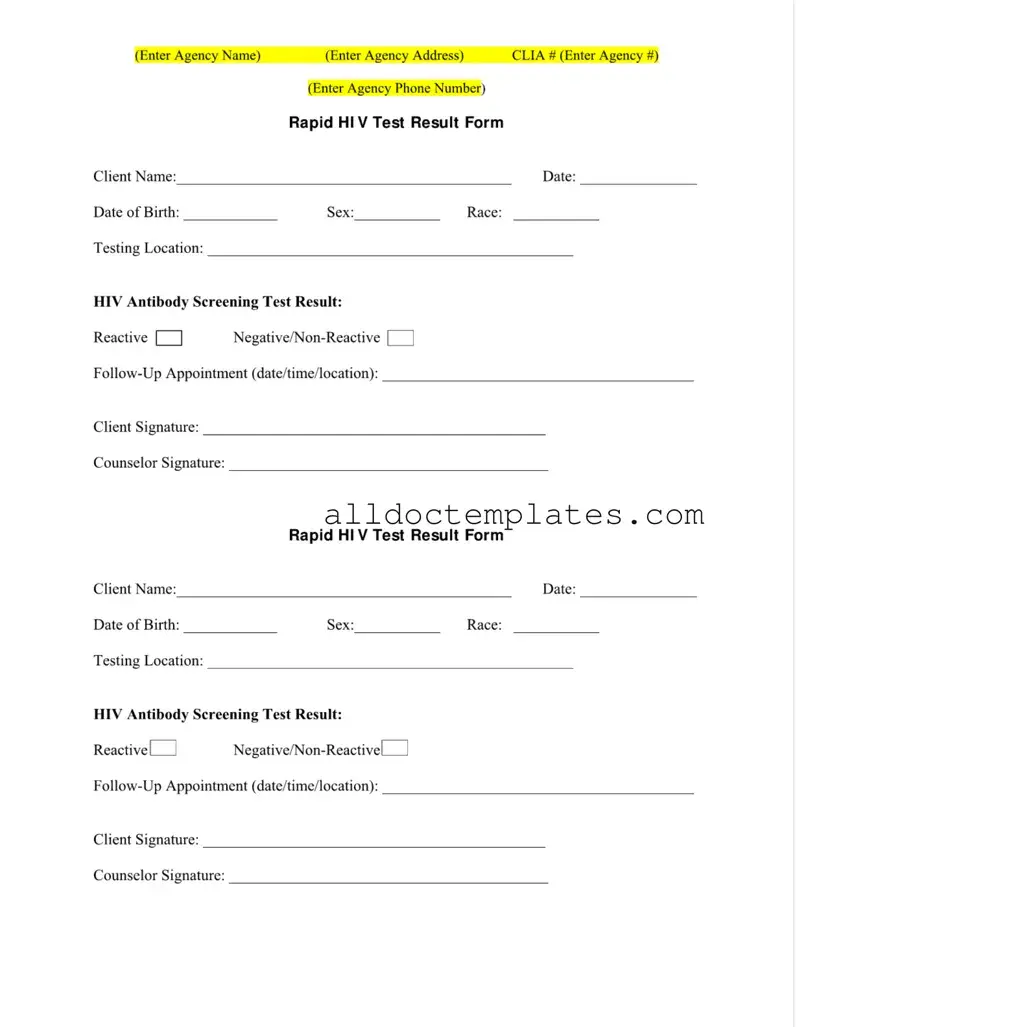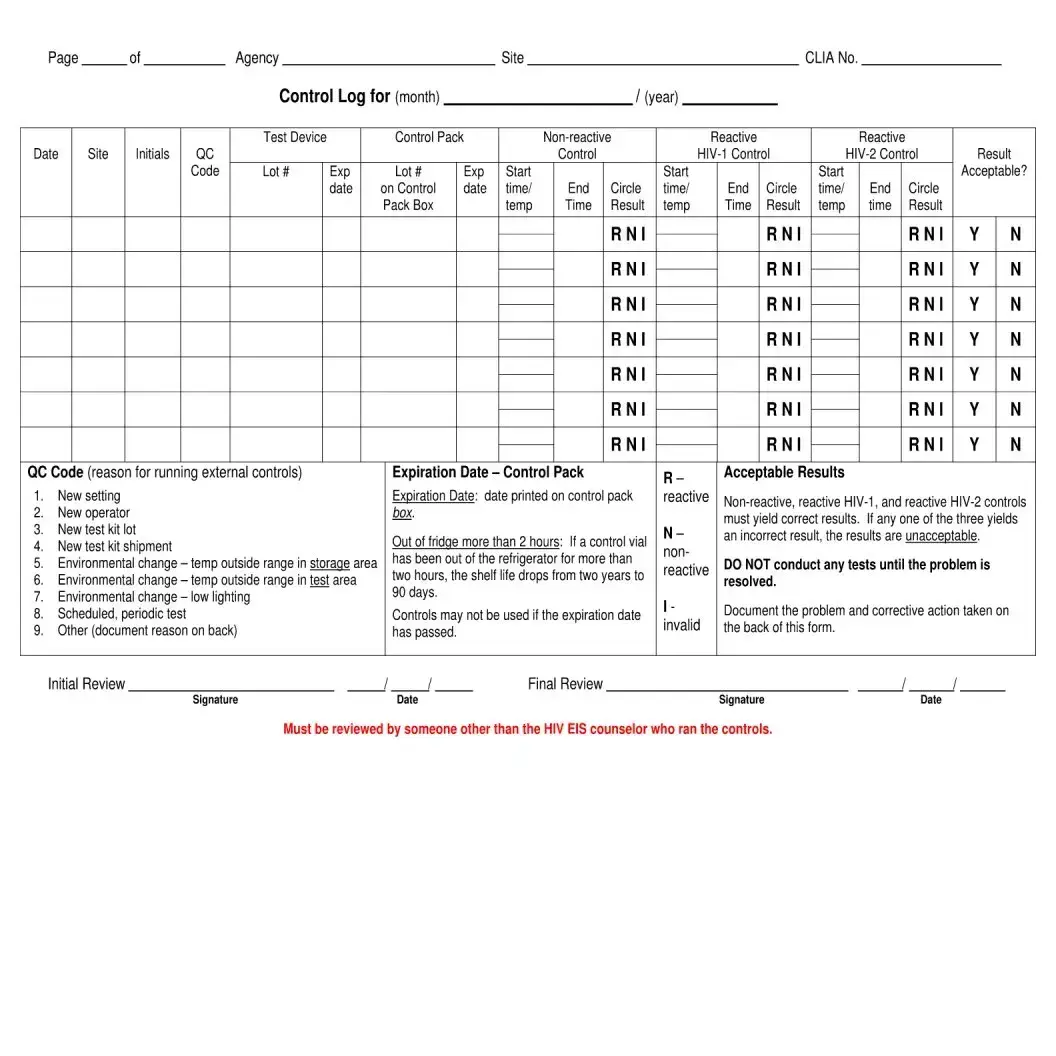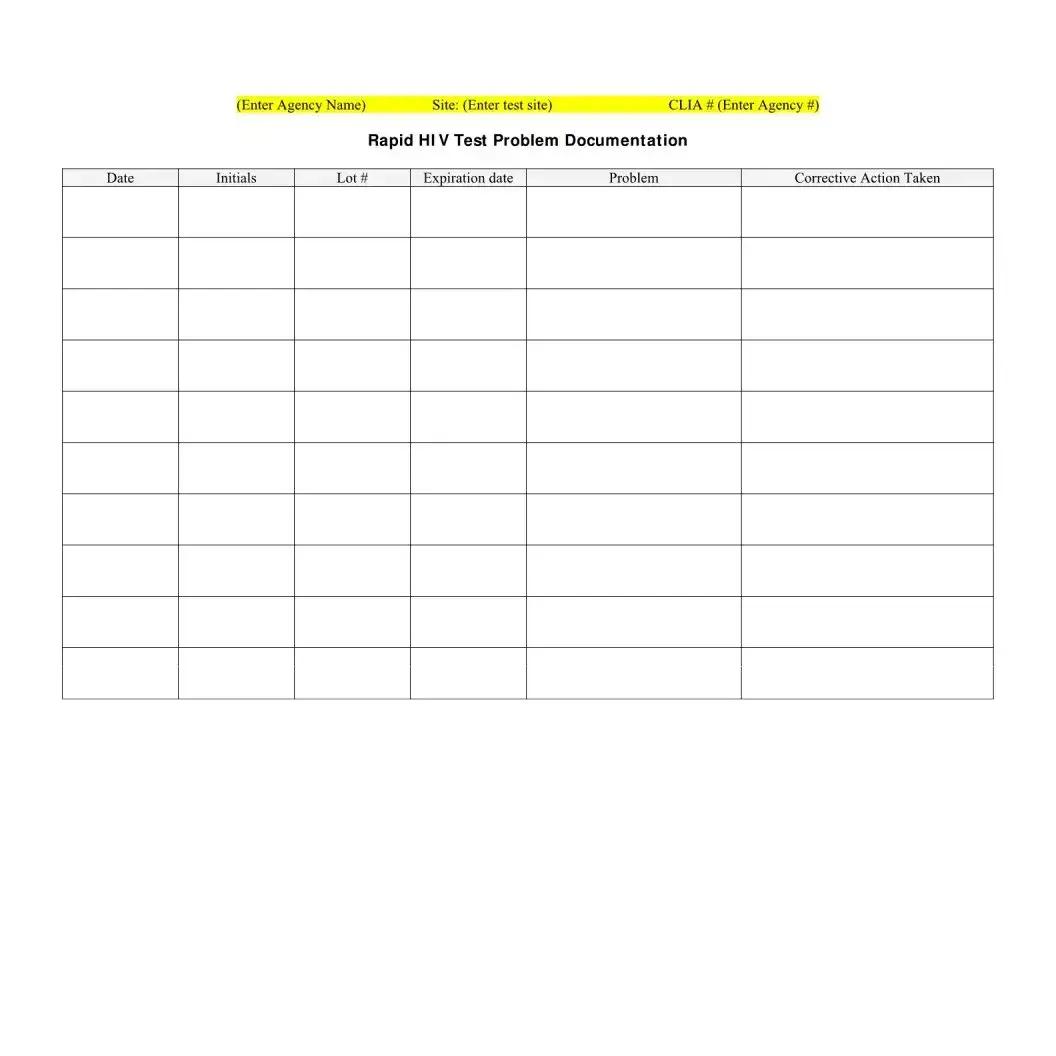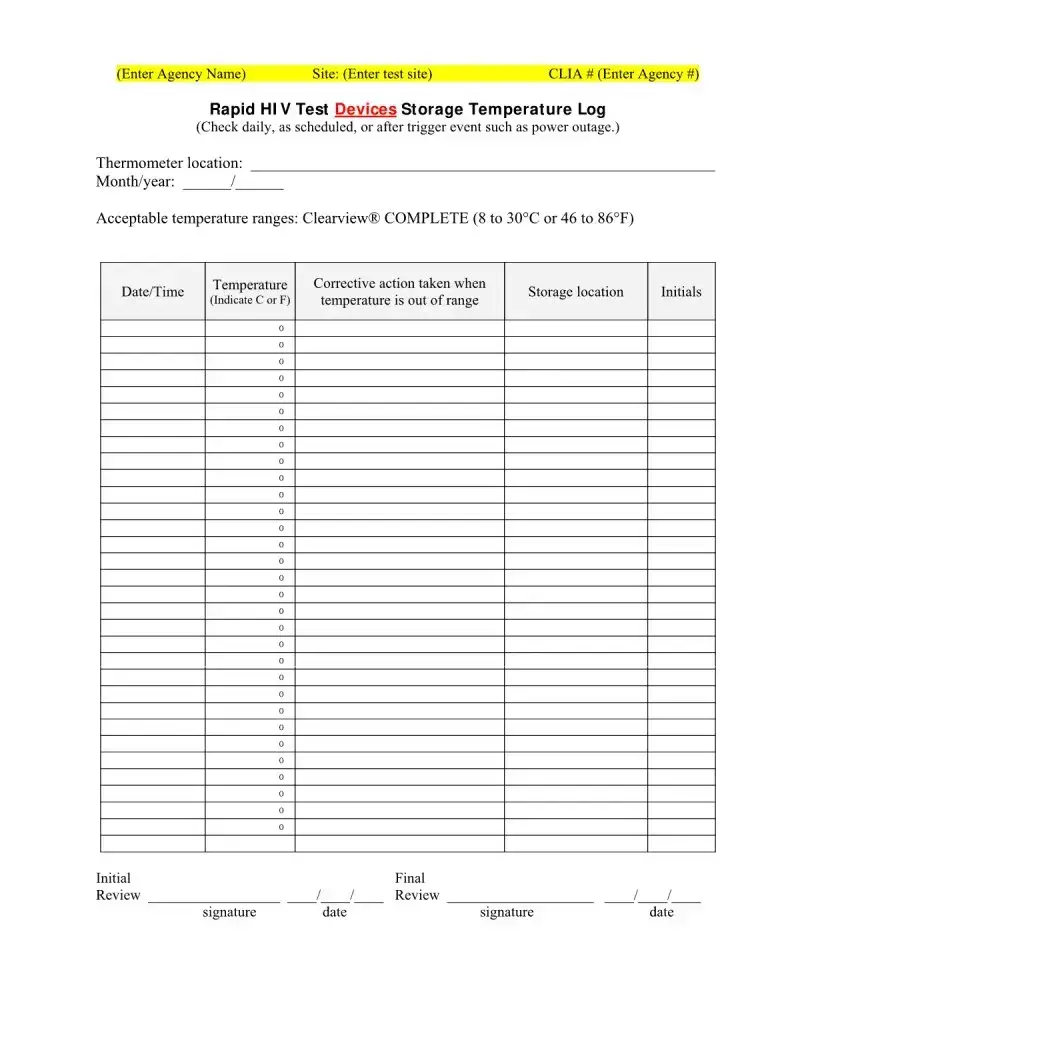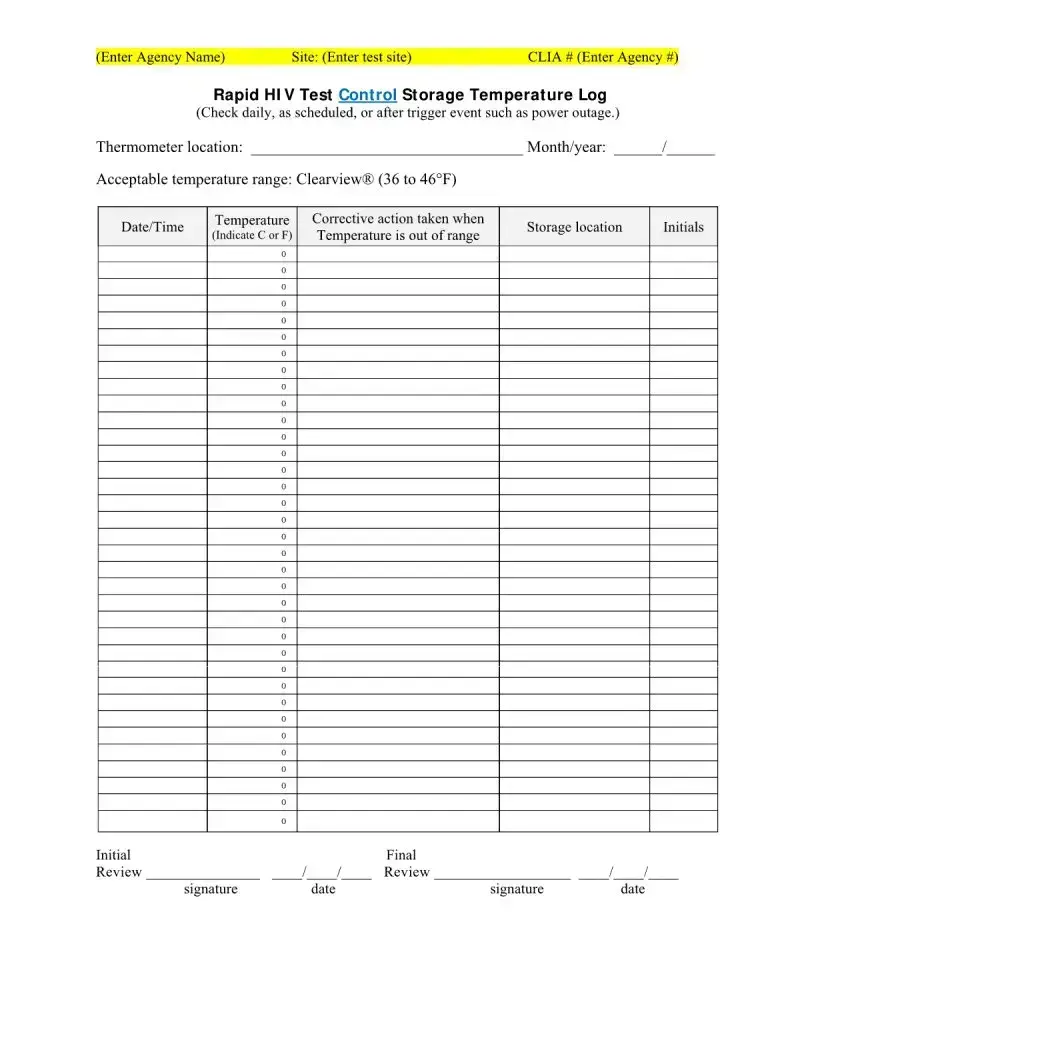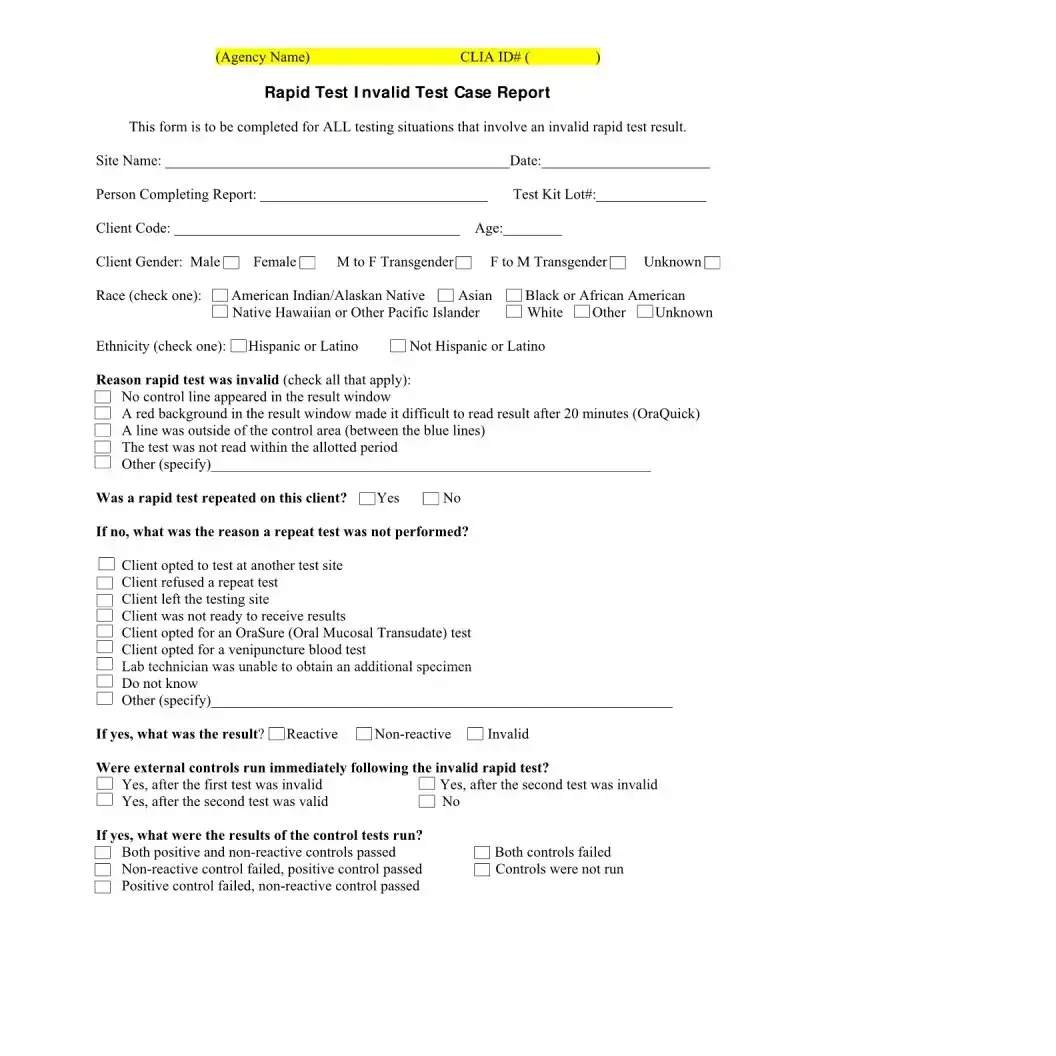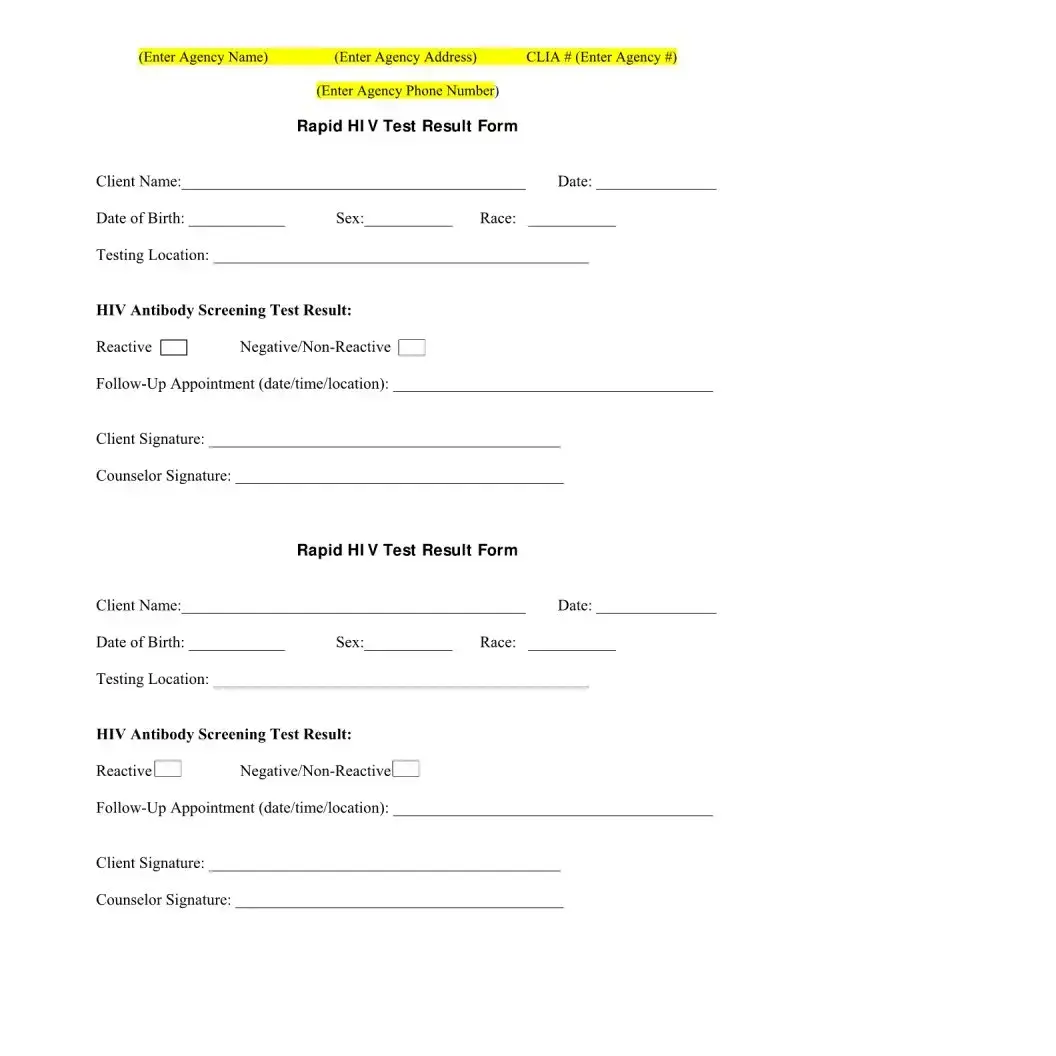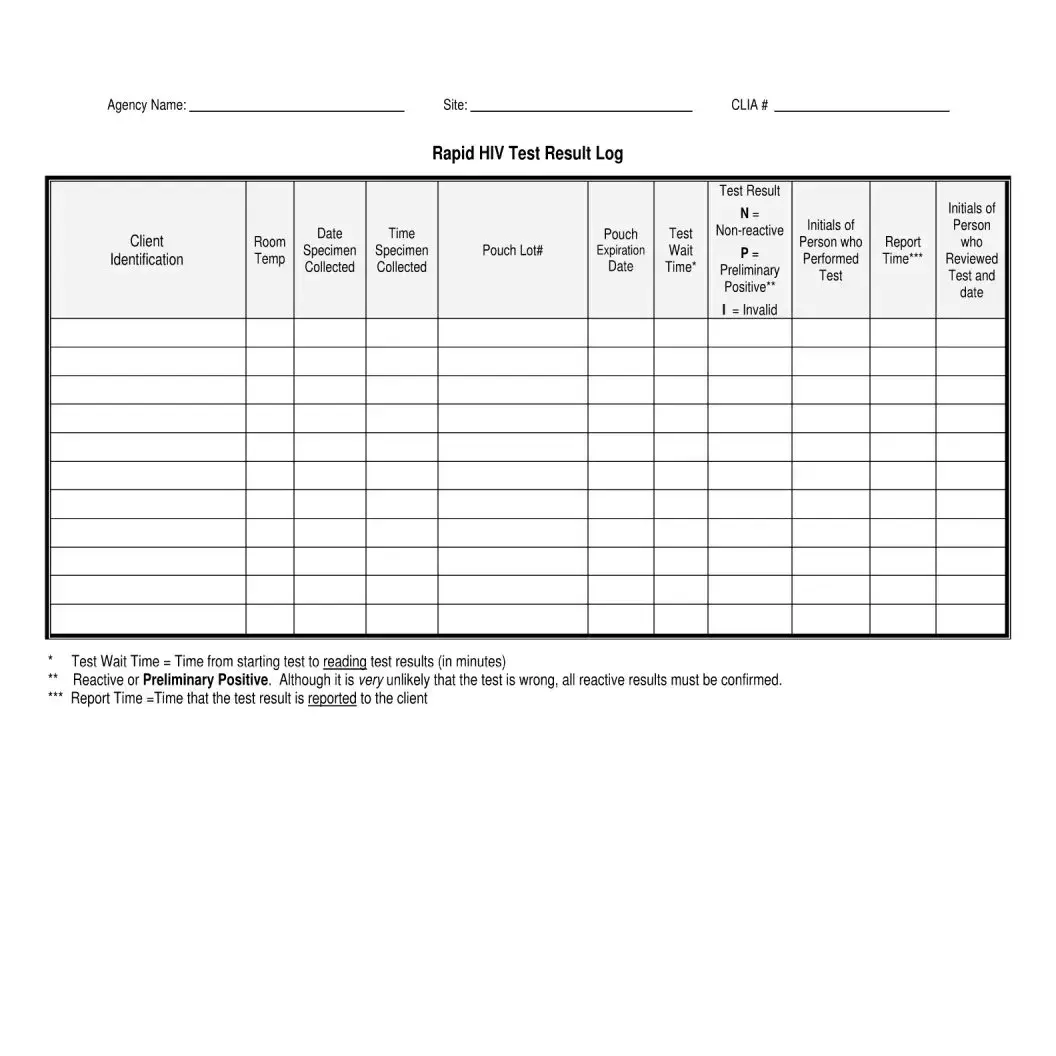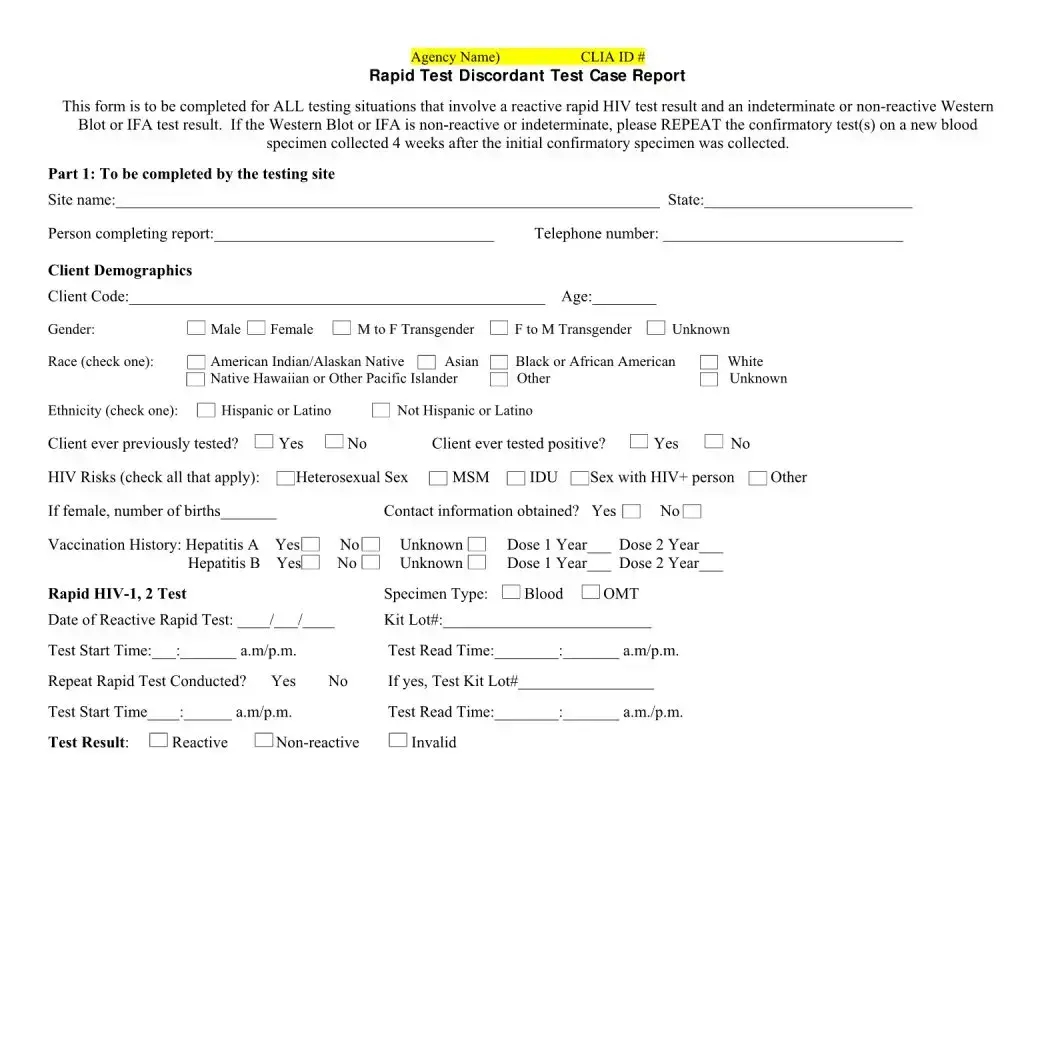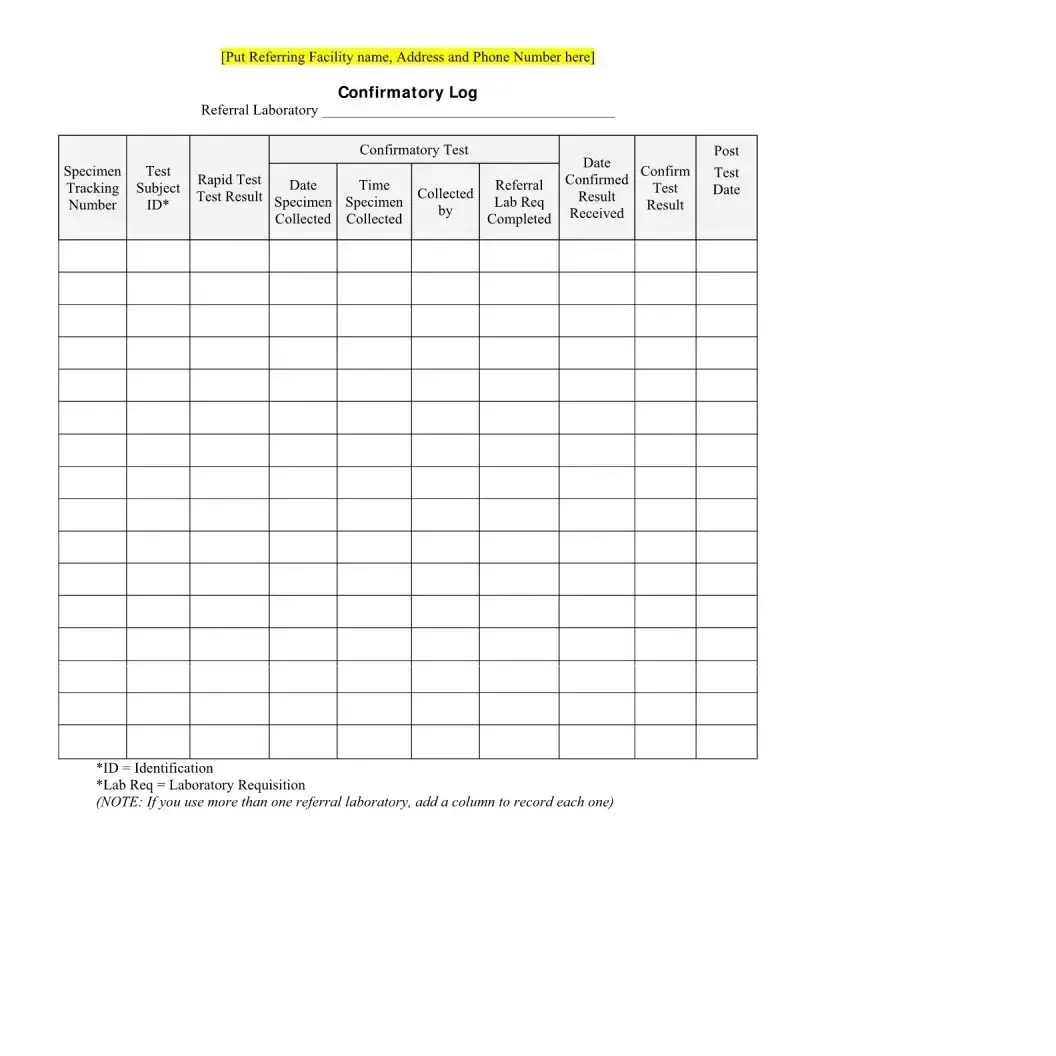Fill in a Valid Negative Hiv Test Form
The Negative HIV Test form is a document that indicates the result of an individual's HIV antibody screening. It includes essential information such as client details, testing location, and the result itself, which can be either reactive or non-reactive. This form serves as a vital tool in ensuring clients receive accurate information and appropriate follow-up care.
Get Your Form Now
